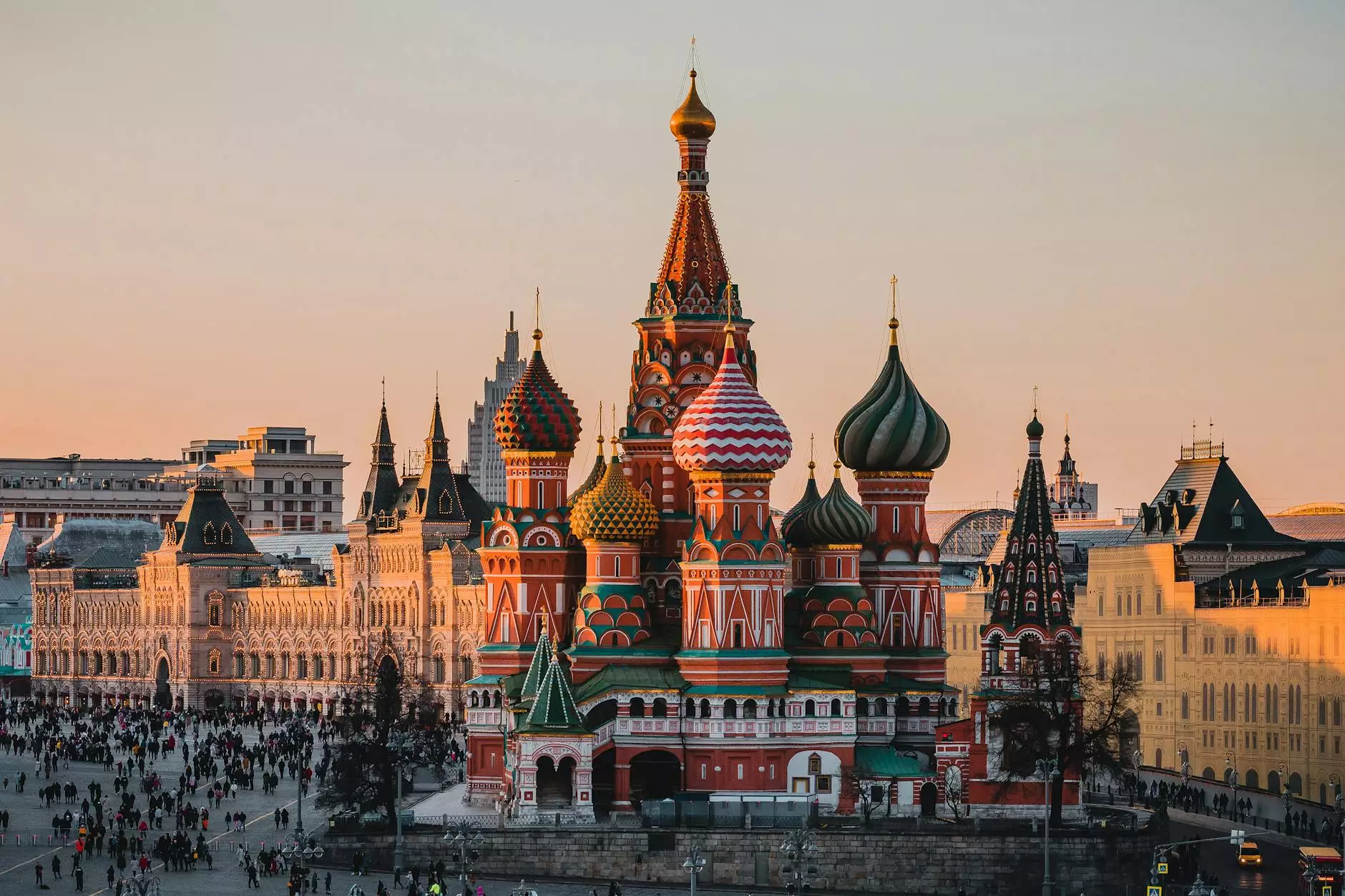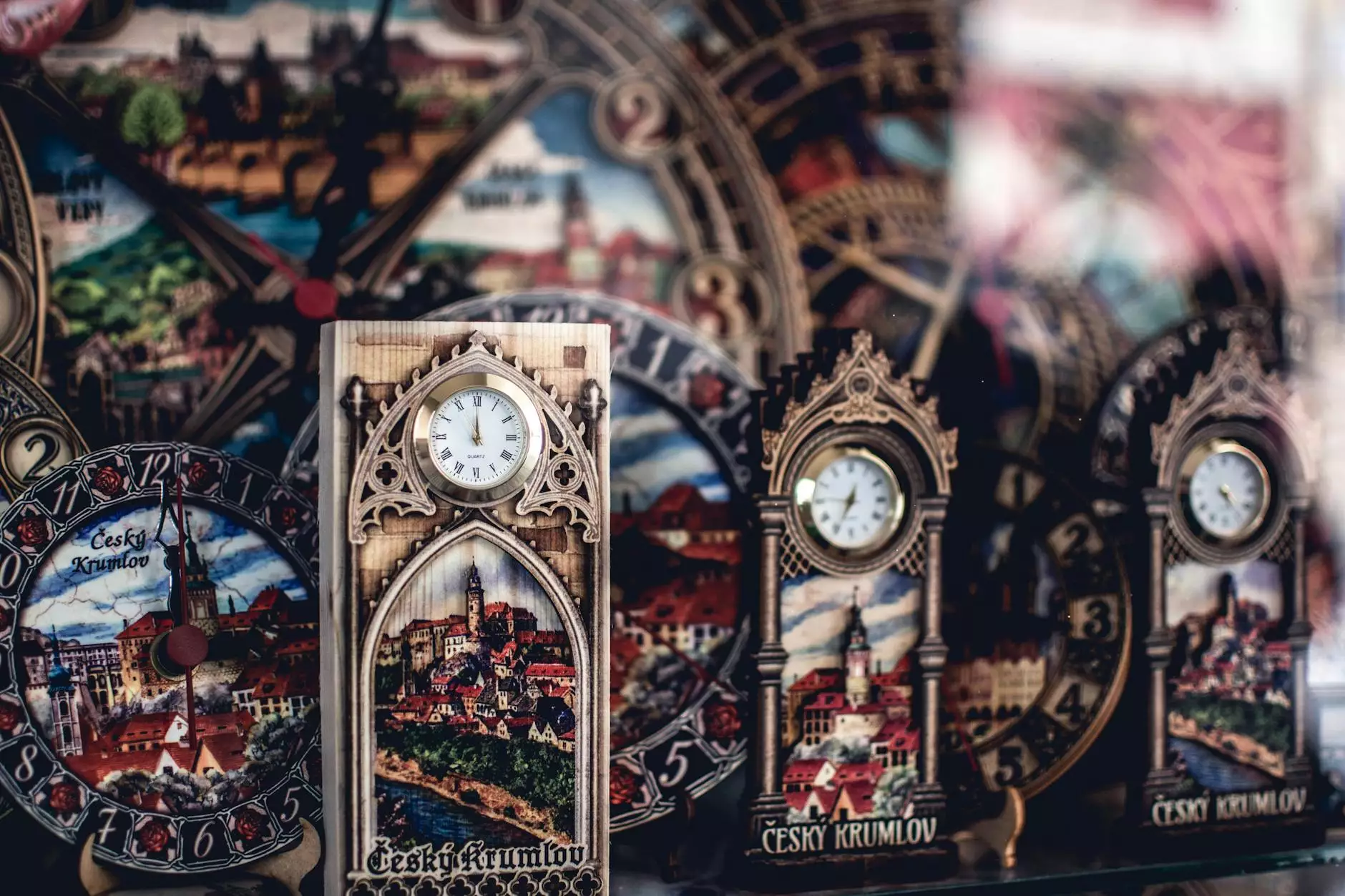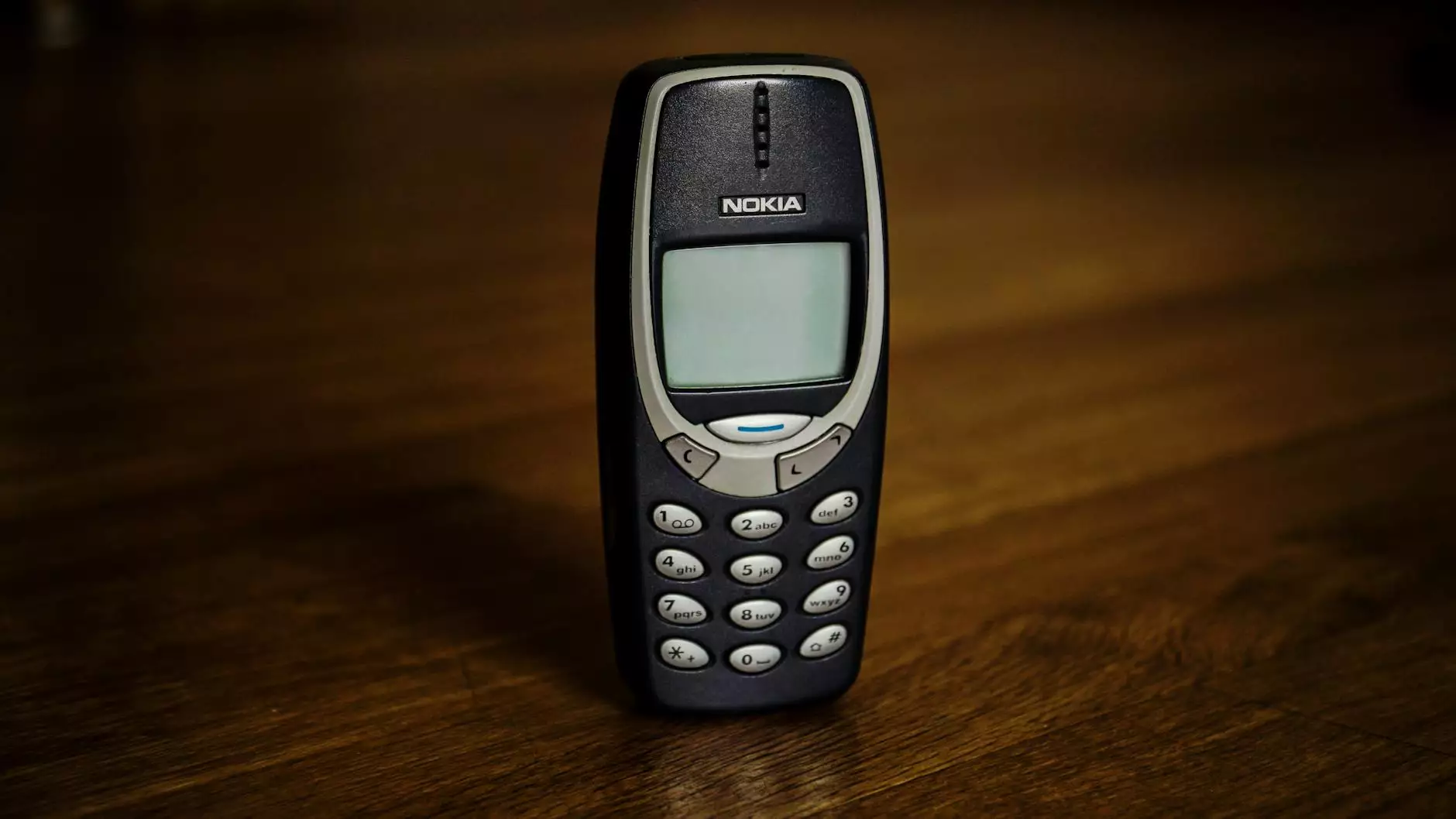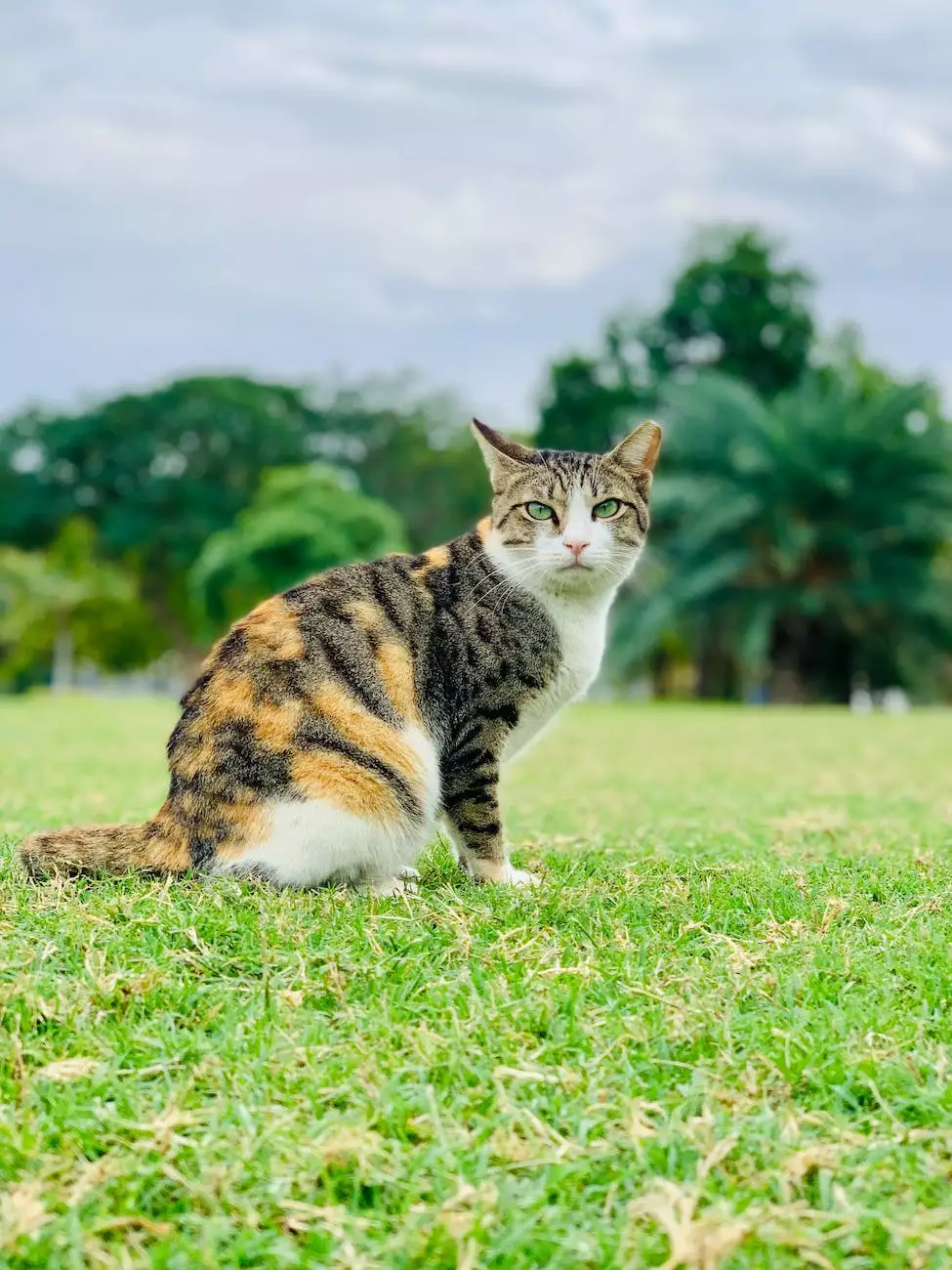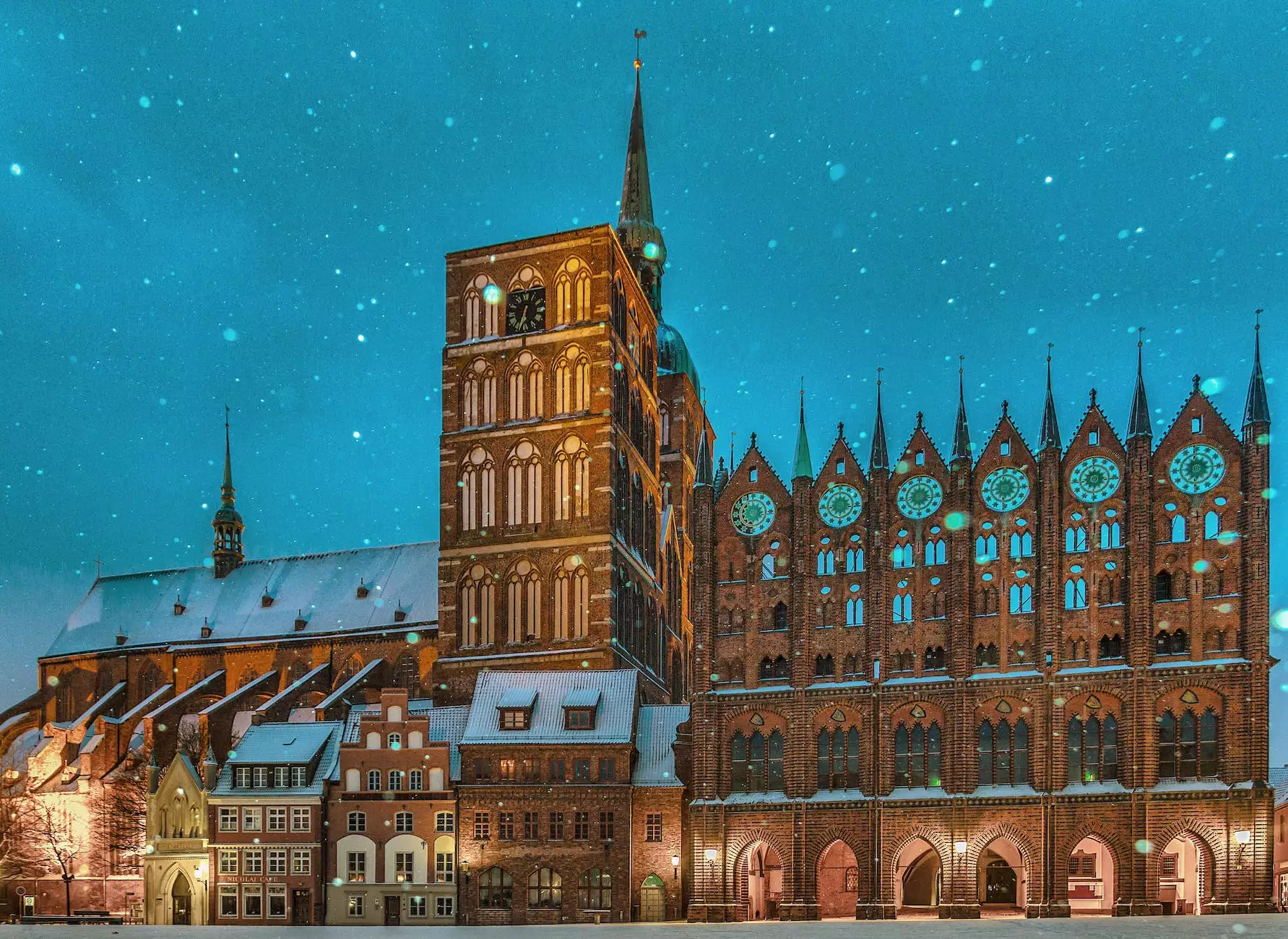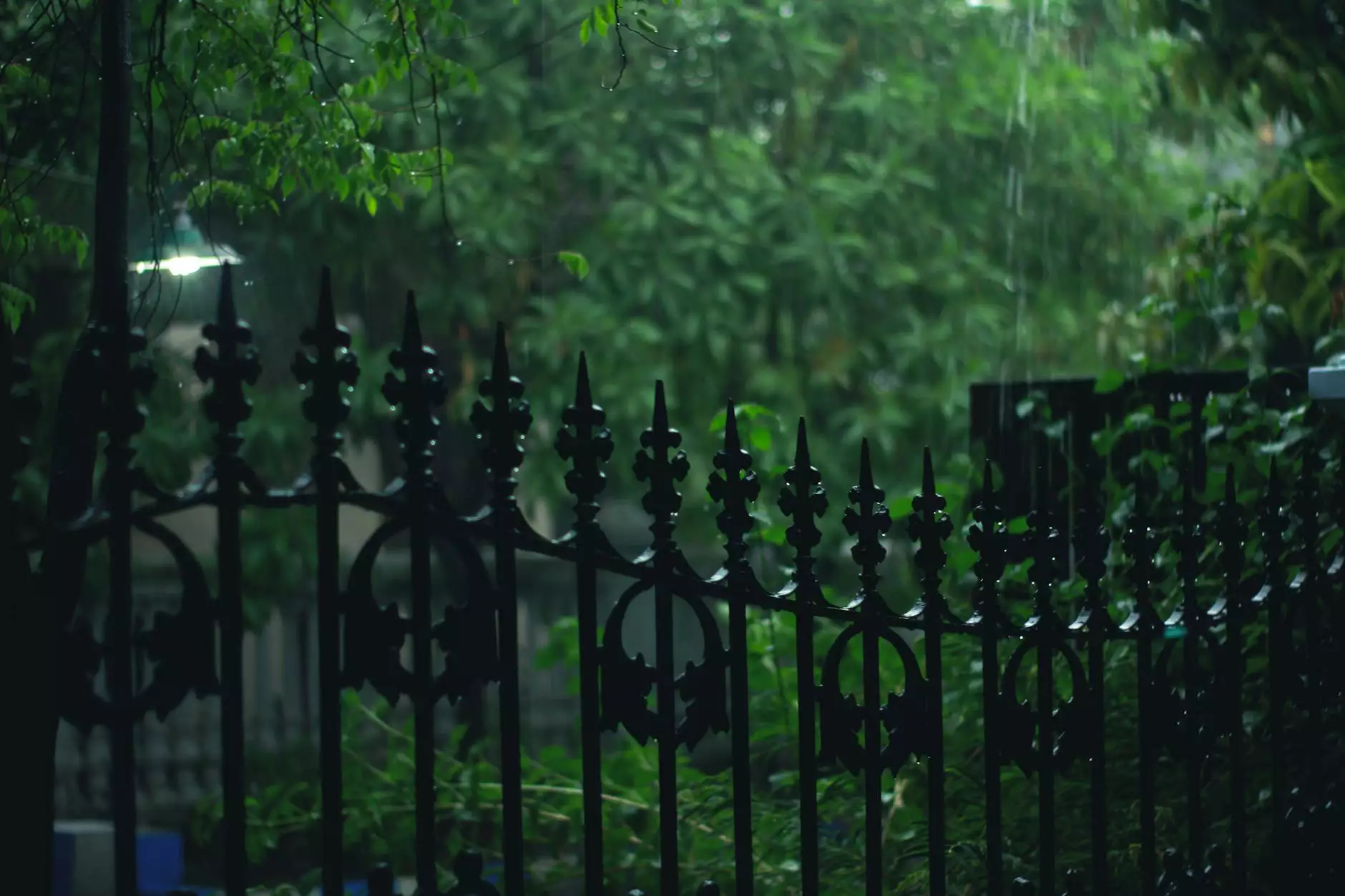Collections Highlights – Butter Churn
1800-1849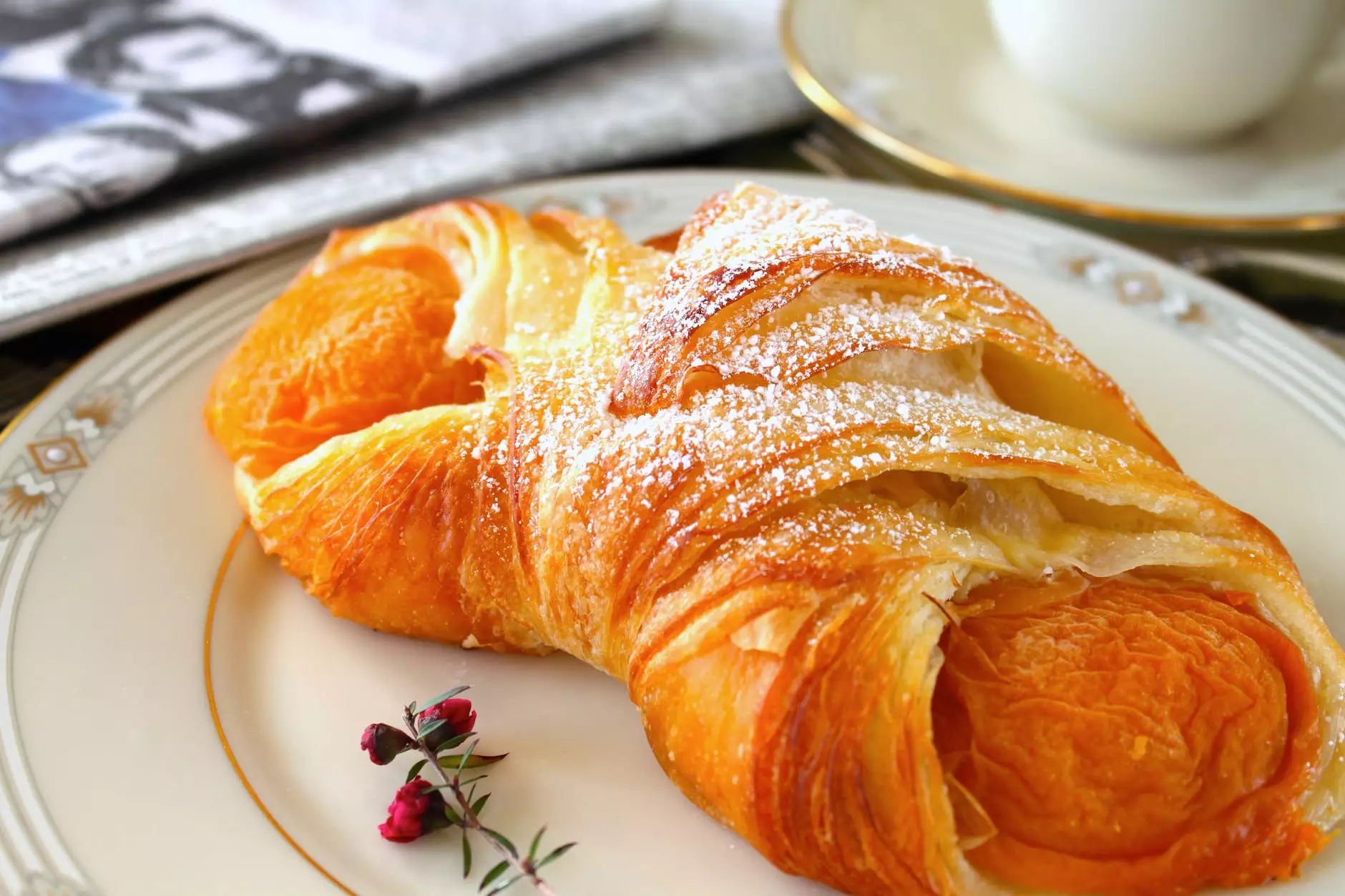
Introduction
Welcome to La Historia Society's collection of butter churns, where history, craftsmanship, and cultural significance come together. As stewards of community heritage, we take pride in preserving and showcasing these intriguing artifacts. In this article, we will delve into the fascinating world of butter churns, exploring their history, functionality, and role in shaping society and community.
History of Butter Churns
Butter churns have been an important tool in the kitchen for centuries, allowing individuals and communities to transform milk into butter. The origins of churns can be traced back to ancient civilizations, where early versions made from wood, pottery, or animal skins were used.
Throughout history, advancements in design and materials led to the development of various churn types, including plunger churns, dash churns, barrel churns, and modern mechanical churns. Each type had its own unique characteristics and was influenced by the prevailing technology and cultural practices of the time.
During the industrial revolution, churn production became more standardized, and factories produced churns on a larger scale, making them more accessible to households. This marked a significant shift in the dynamics of butter production, impacting both small-scale farmers and larger dairy operations.
Craftsmanship and Design
Butter churns are not only functional tools but also works of art. Craftsmen dedicated their skill to create churns that were not only efficient but also aesthetically pleasing. Churns were often adorned with intricate carvings, engravings, or painted motifs that reflected the cultural and artistic traditions of the time and region.
The design of churns also varied based on the materials used. Wooden churns were commonly made from oak, beech, or pine, while stoneware churns offered a more durable and hygienic option. Metal churns, such as those made from brass or copper, provided a sleek and elegant appearance.
Regardless of the material, churn designs evolved to maximize efficiency. Innovations like built-in paddles, rotating mechanisms, and ergonomic handles made churning butter easier and more efficient, saving time and effort for households.
Significance in Society and Community
The humble butter churn holds significant cultural and social importance in communities around the world. In agrarian societies, where self-sufficiency was essential, butter production was not merely a household chore but also a communal activity.
Butter churning brought communities together, with individuals working collectively to produce butter for their families and neighbors. Churning was often accompanied by music, songs, and storytelling, creating a sense of camaraderie and unity.
Furthermore, the availability of butter was closely tied to regional diets and culinary traditions. It played a vital role in local cuisines, traditional recipes, and festivities. The butter churn, as a symbol of culinary heritage, connects us to our ancestors and the flavors of the past.
Preserving the Legacy
La Historia Society is committed to preserving the legacy of butter churns through our extensive collection. Our team of experts carefully researches and curates these artifacts, ensuring their historical accuracy and cultural significance.
Our collection showcases a wide range of churns from various periods and regions. From rustic wooden churns that whisper tales of bygone eras to highly sophisticated mechanical churns that embody technological advancements, each piece offers a glimpse into the evolution of butter churning.
Visiting our exhibit allows you to explore the intricacies of butter churns firsthand. Immerse yourself in the history, craftsmanship, and stories behind these remarkable artifacts, and gain a deeper appreciation for the role they played in shaping communities and societies throughout time.
Conclusion
Butter churns have left an indelible mark on our collective history, transcending their utilitarian purpose. La Historia Society invites you to discover the captivating world of butter churns and appreciate the craftsmanship and cultural significance they hold.


